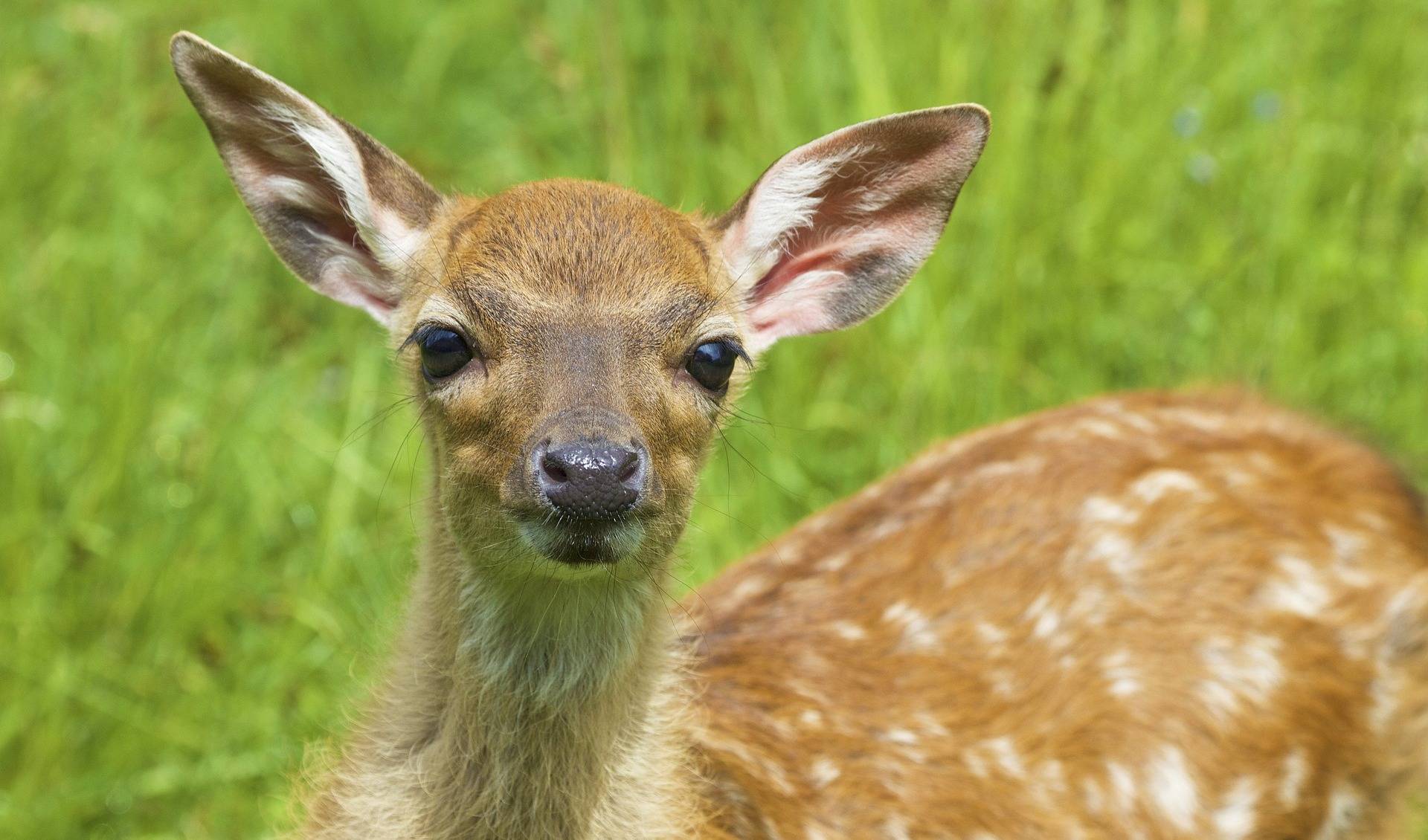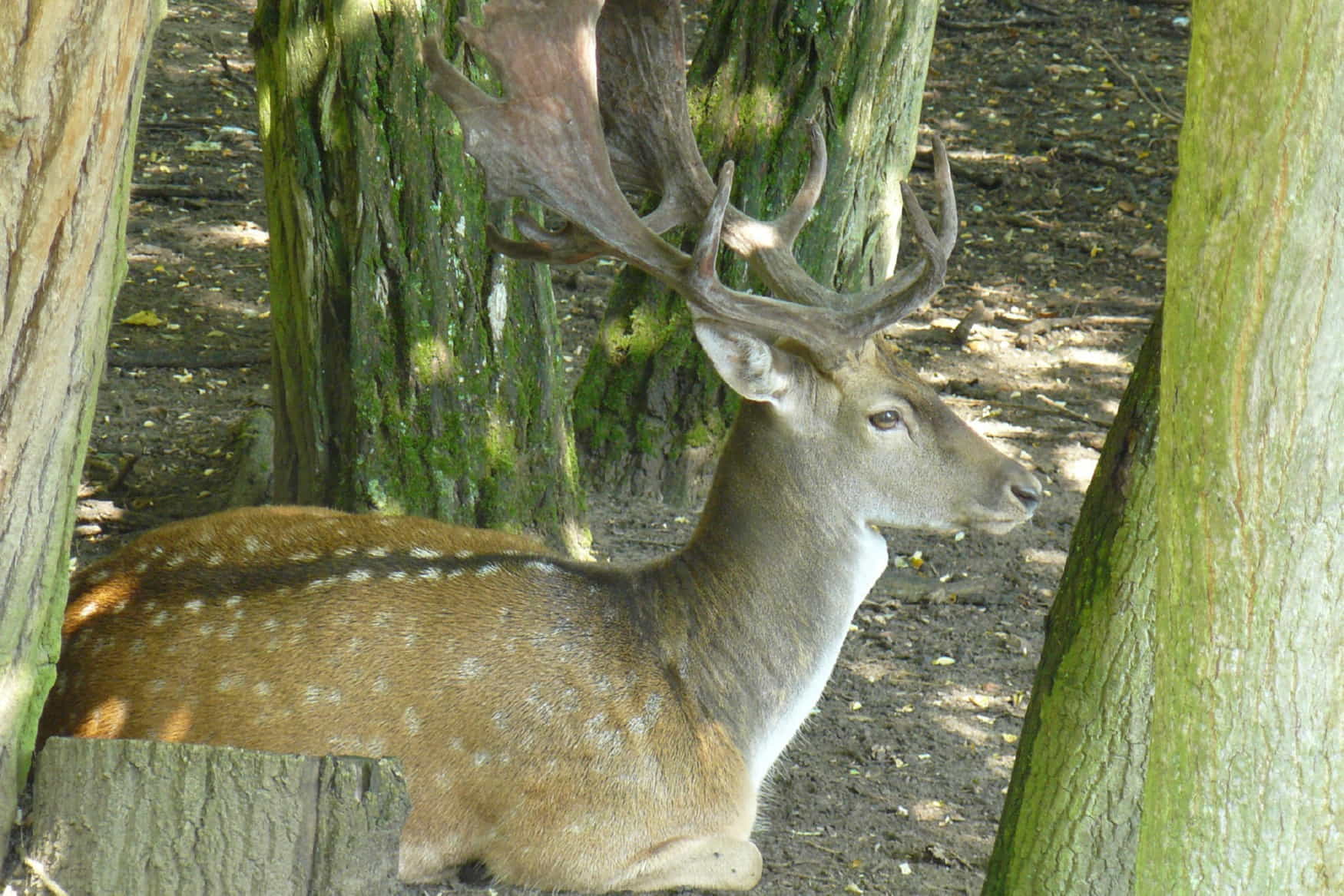Gonsenheimer Wild Park in Mainz is a hidden gem for families seeking an authentic wildlife experience. This charming park in the Gonsenheim district offers visitors a unique opportunity to connect with nature and observe diverse animal species in their natural habitats. Unlike traditional zoos, the Wildpark Mainz-Gonsenheim provides a more intimate and relaxed atmosphere, allowing children and adults to get close to various animals.
From red deer to wildcats, the park's inhabitants roam in spacious enclosures that mimic their native environments. As you step into this urban oasis, you'll immerse yourself in a world where education, conservation, and family fun seamlessly blend, making it an ideal destination for a memorable day.
Highlights
- Diverse wildlife collection featuring native and exotic species
- Natural, spacious enclosures promoting animal welfare
- Interactive feeding experiences and educational programs
Contents
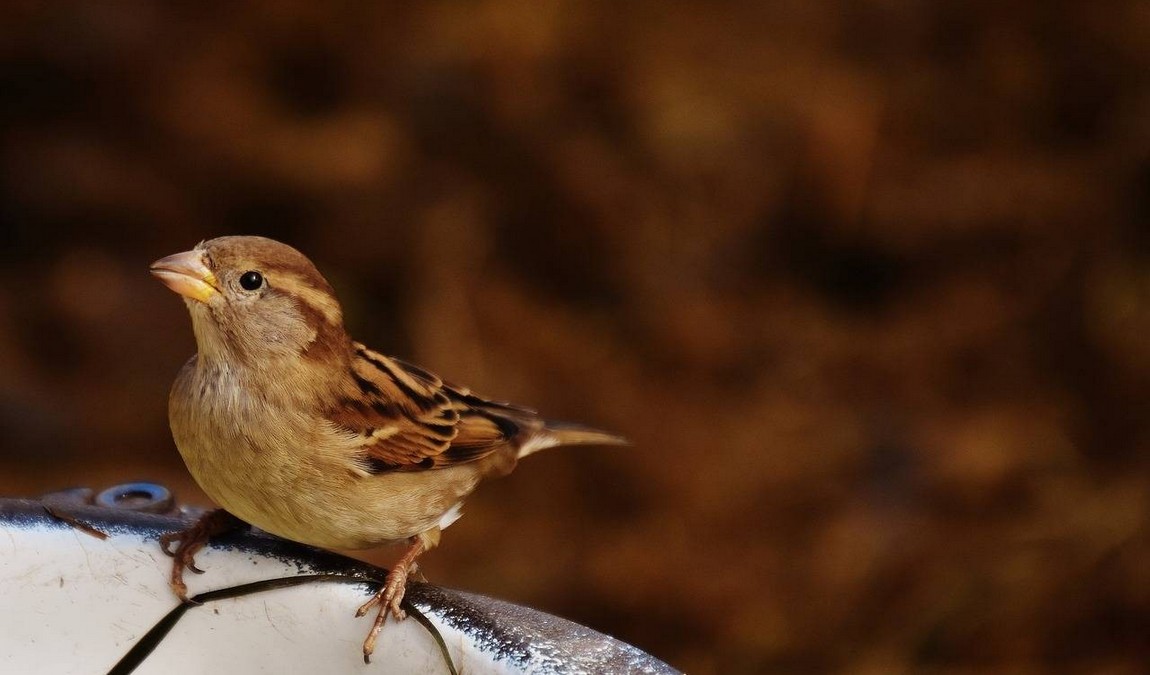 Photo: wildpark-mainz.de
Photo: wildpark-mainz.de
Here is Why Your Kids Will Find it Interesting
Gonsenheimer Wild Park in Mainz is worth visiting with kids because it offers an engaging and hands-on wildlife experience. Children of all ages, from toddlers to teenagers, will be captivated by the park's inhabitants and interactive elements. Younger kids will delight in feeding friendly animals like goats and deer, while older children can learn about conservation efforts and animal behavior.
The park's natural setting encourages exploration and discovery, sparking curiosity about the natural world. With its mix of familiar farm animals and more exotic species, the Wildpark provides an exciting adventure that keeps children entertained and educated throughout their visit.
Family-friendly Features
- Playground areas for children to burn off energy
- Picnic spots for family meals in nature
- Stroller-friendly paths throughout the park
Park Highlights
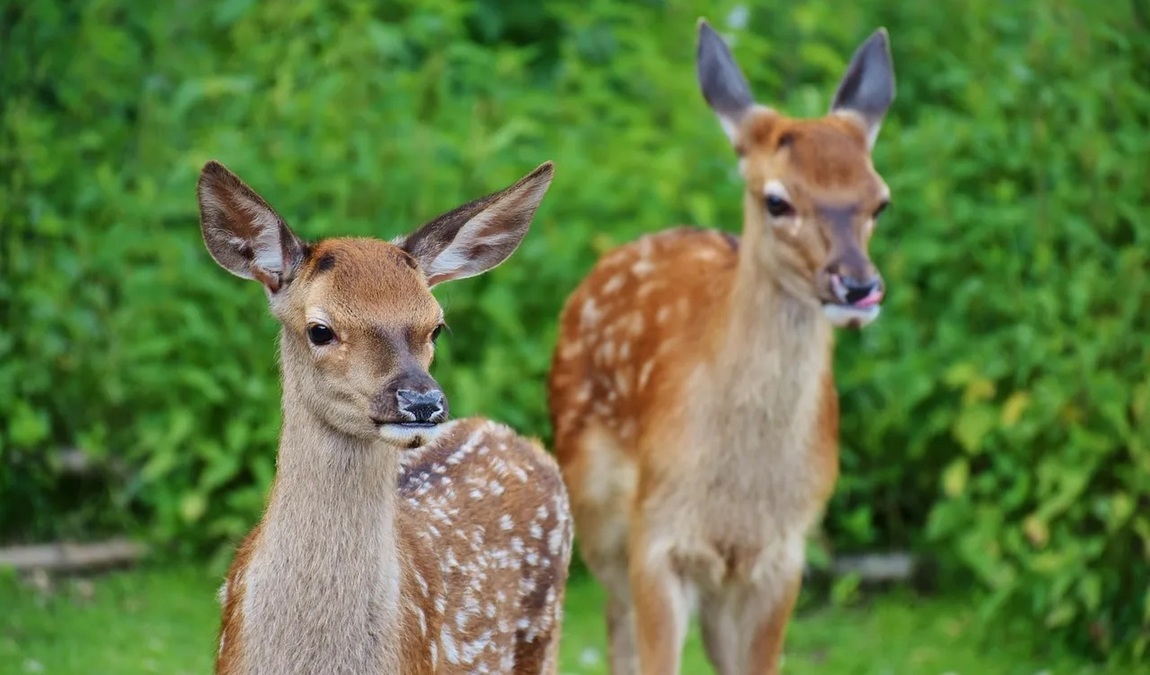 Photo: wildpark-mainz.de
Photo: wildpark-mainz.de
Diverse Animal Collection
Gonsenheimer Wild Park boasts an impressive array of animals, including:
- Red deer
- Fallow deer
- Mouflon
- Wild boars
- West African dwarf goats
- Pot-bellied pigs
- Wildcats
- Raccoons
- Various bird species (ducks, owls, pheasants)
- Rabbits and guinea pigs
This diverse collection ensures visitors can observe and learn about various species, from common farm animals to more elusive wildlife.
Natural Habitats and Enclosures
The park takes pride in providing spacious and naturalistic enclosures for its animals. These habitats are designed to closely resemble the animals' native environments, promoting their well-being and allowing visitors to observe more natural behaviors. The enclosures are integrated into the surrounding Lennebergwald nature reserve, creating a seamless blend of wildlife park and natural forest.
Educational Opportunities
Gonsenheimer Wild Park offers numerous educational experiences for visitors of all ages:
- Informative signage throughout the park
- Guided tours led by knowledgeable staff
- Interactive feeding sessions
- Special events and workshops focused on wildlife conservation
These educational initiatives help visitors better understand the animals and their ecosystems, fostering a sense of environmental stewardship.
Feeding Times and Animal Interactions
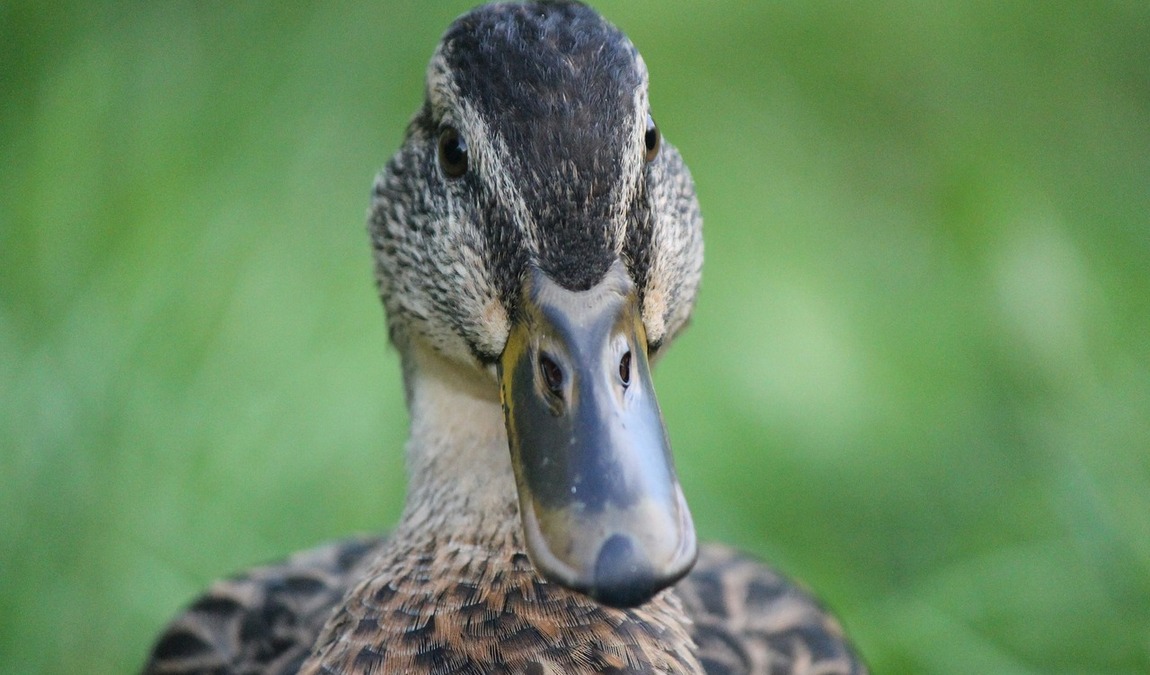 Photo: wildpark-mainz.de
Photo: wildpark-mainz.de
Gonsenheimer Wild Park takes pride in offering visitors a chance to connect with its animal residents through carefully managed feeding experiences. As you stroll through the park, you'll spot feed dispensers dotted along the paths, allowing you to purchase animal-appropriate snacks.
The park has thoughtfully designed designated feeding areas where you can offer treats to deer, goats, and other herbivores, creating memorable moments for kids and adults alike. For those who prefer a more structured experience, the park runs scheduled feeding times for various species throughout the day.
Upon arrival, it's worth checking with the friendly park staff to catch these exciting events. The highlight for many young visitors is often the petting zoo area, where children can get up close and personal with adorable rabbits and guinea pigs. This hands-on interaction delights the little ones and fosters a connection with the animal world.
Remember, while these feeding and interaction opportunities are fun, they're also designed to educate visitors about proper animal care and respect for wildlife.
Tips for a Great Visit
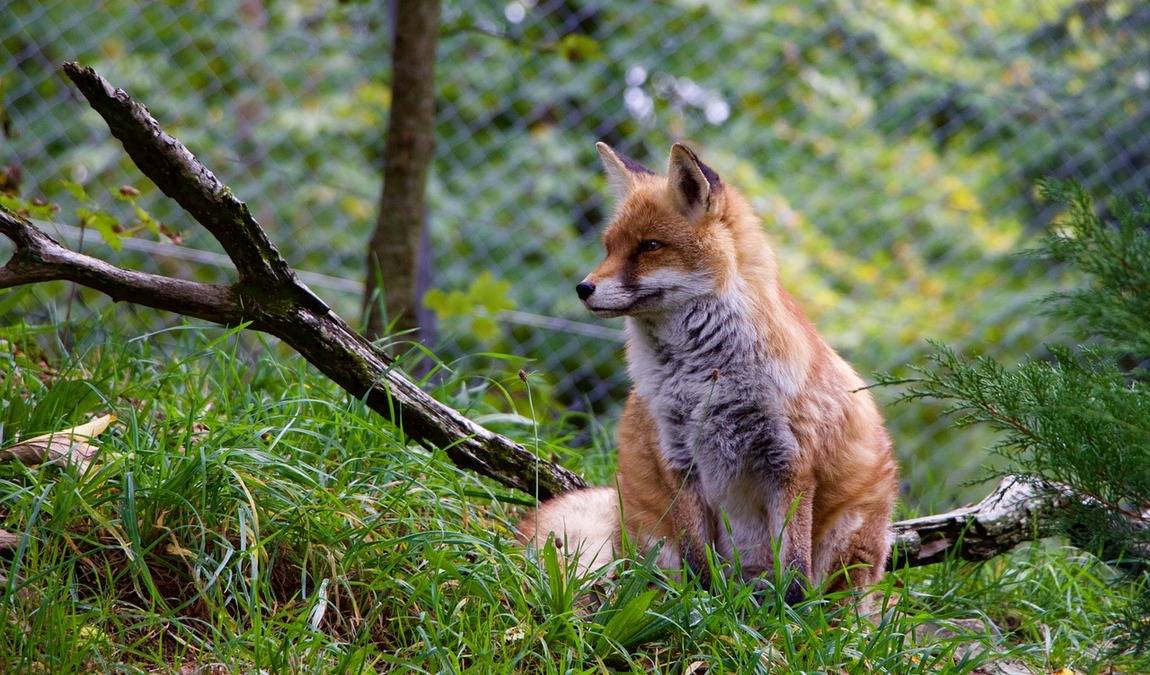 Photo: wildpark-mainz.de
Photo: wildpark-mainz.de
To make the most of your trip to Gonsenheimer Wild Park, consider the following tips:
What to Bring
- Comfortable walking shoes
- Weather-appropriate clothing (the park is open year-round)
- Bottled water and snacks
- Hand sanitizer
- Binoculars for better wildlife viewing
- Small change for feed vending machines
Photography Opportunities
Gonsenheimer Wild Park is a photographer's paradise, with its natural landscapes and diverse wildlife offering countless photo ops. For the best results, bring a camera with a zoom lens and visit during the "golden hours" of early morning or late afternoon. The soft light at these times enhances the beauty of the park and its inhabitants.
Remember, patience is vital – observe the animals and wait for those perfect moments of natural behavior. Always respect the park's rules and the animals' well-being while snapping your shots. You'll capture memories that last a lifetime with patience and the right timing.
4,5 km away is the Taubertsbergbad, a water park which we recommend to visit with the whole family.
Best Time to Visit
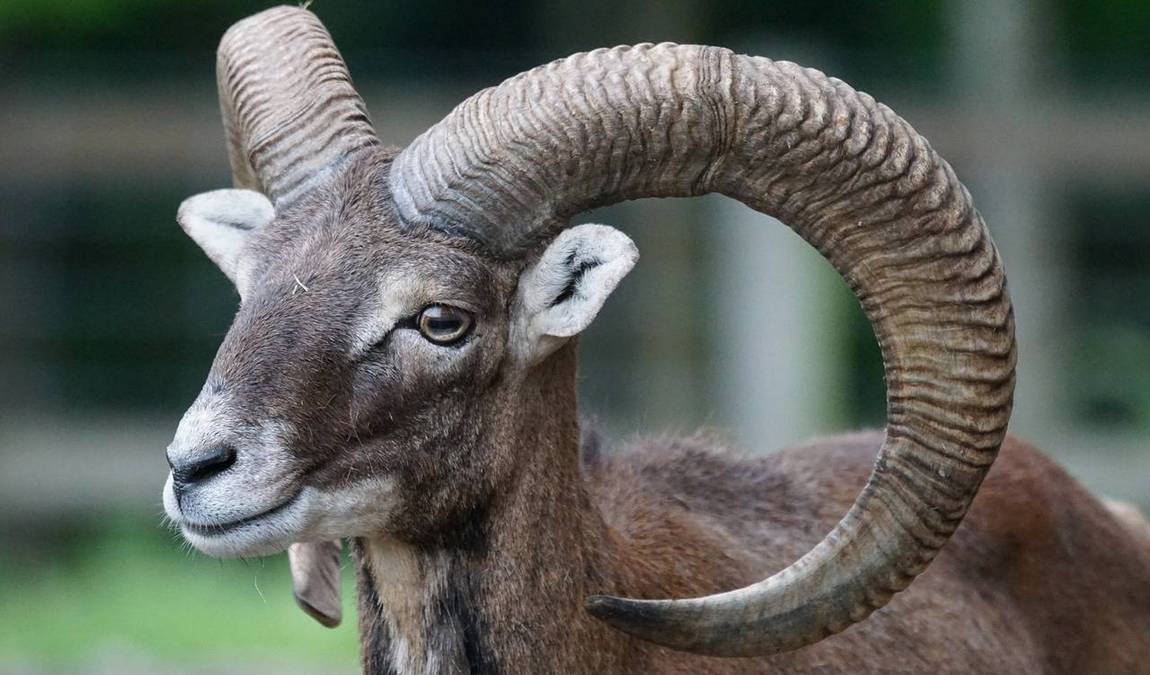 Photo: wildpark-mainz.de
Photo: wildpark-mainz.de
The best time to visit this spot with children is during weekday mornings or early afternoons when the park is less crowded. Weekends can be busier, especially during good weather. Spring and early fall offer pleasant temperatures and active animals. Many animals are more visible during feeding, so plan your visit accordingly.
Recommended Duration: A typical visit to Gonsenheimer Wild Park lasts about 2-3 hours, allowing ample time to see all the animals and enjoy the park's amenities.
Our Resume
Gonsenheimer Wild Park offers a unique blend of wildlife observation, education, and family-friendly fun. Its diverse animal collection, natural habitats, and interactive experiences make it an ideal destination for families seeking an authentic connection with nature. The park's commitment to conservation and education, combined with its accessible location and affordable admission, creates a valuable resource for the community and visitors alike.


